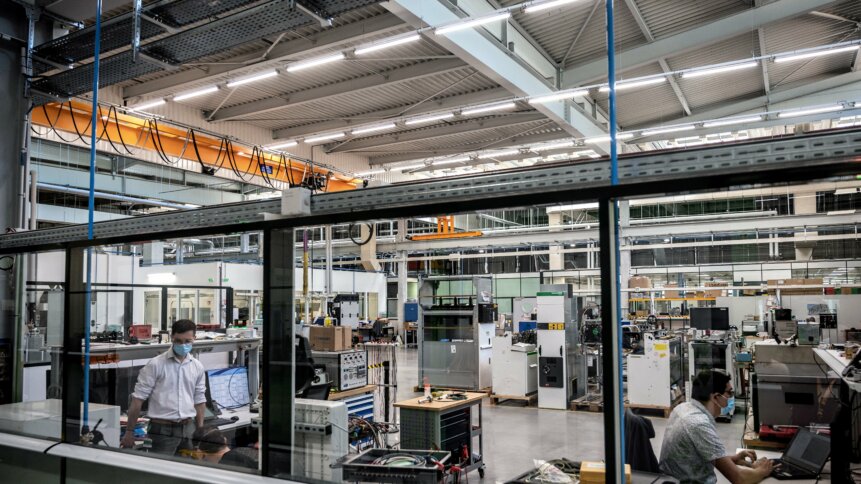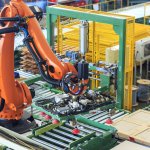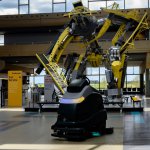
Technologists should never underestimate the human factor. That is especially true of any business that is driving digital transformation through AI and robotic process automation.
It makes sense to take a people-first approach, because asking employees who are involved in the development and rollout of automation to take a more active business role can lead to better outcomes. It gets people proactively involved in shaping the positive future outlined by the World Economic Forum’s prediction that AI will create 97 million new jobs by 2025, while 85 million roles will be lost. So, roles are going to evolve, and involving staff in building that new future is essential.
This people-first approach to automation needs to start with mapping out the company’s current skill levels and cross-referencing these against where the automation strategy is headed. Comparing current core competencies with those that will be needed at the destination point will shine a light on the company’s skill gap and can help ensure the right staff are upskilled with suitable training.
Involving employees in automation
To truly prioritise people in an automation strategy, a bold business would take the extra step of not just involving employees but making them integral to the automation process. By empowering employees to help develop new tools, the new streamlined workflows are being created around the people who will be using them.
Organisations must set up proper governance to ensure people are not pulling in different directions and producing tools that fail to work across multiple departments and different applications. Keeping an eye on data management is vital to ensure it isn’t accidentally corrupted.
The good news is companies that involve their people in automation development and deployment are reporting back positive results. Coca-Cola has taken a lead by implementing employee participation principles and empowering its workers to get involved in automation projects. Its programme has a strong governance framework and is starting to produce an interesting line of new projects, including a recently implemented order management process using RPA.
People are pushing the automation agenda
Forward-thinking organisations should be taking a people-first approach because in the past year the debate around AI and RPA has shifted from strategy to action. In many cases that has meant fitting what companies thought would be a decade of development into a single year. The trigger for putting plans into accelerated action was the COVID-19 pandemic, but the reason was people.
When the pandemic struck businesses had to enact automation strategies to ensure their people could work more smoothly from home, and customers could be better served by tools such as ‘bots’ that could answer common questions. This shift from planning automation to executing business plans is clear in the most recent figures from Deloitte which show nearly three in four, 73%, of organisations worldwide are now using automation technologies – up from 58% in 2019.
This finding points to the accelerated uptake of automation, but it also hides the underlying challenge many organisations faced moving from strategy to execution. It was also very challenging to outsource IT projects at a time when travel was severely restricted.
Do not rush strategy
The good news for companies that have yet to invest in automation is that so long as organisations realise that they must commit to action, there is still time to build greater efficiencies into their workflow patterns and in how they serve customers.
To drive meaningful, sustainable change, companies must think big. A limited approach can result in automation only working within one tool, or within a single department, rather than across the whole organisation. This may bring in efficiency in one function but risks causing a bottleneck in another.
To tackle this tendency, organisations need to deploy analytics and automation orchestration solutions throughout their tech stack to spot where different tools may not work together, so they know how to bridge them seamlessly.
Article contributed by Tom Henriksson, General Partner, OpenOcean









